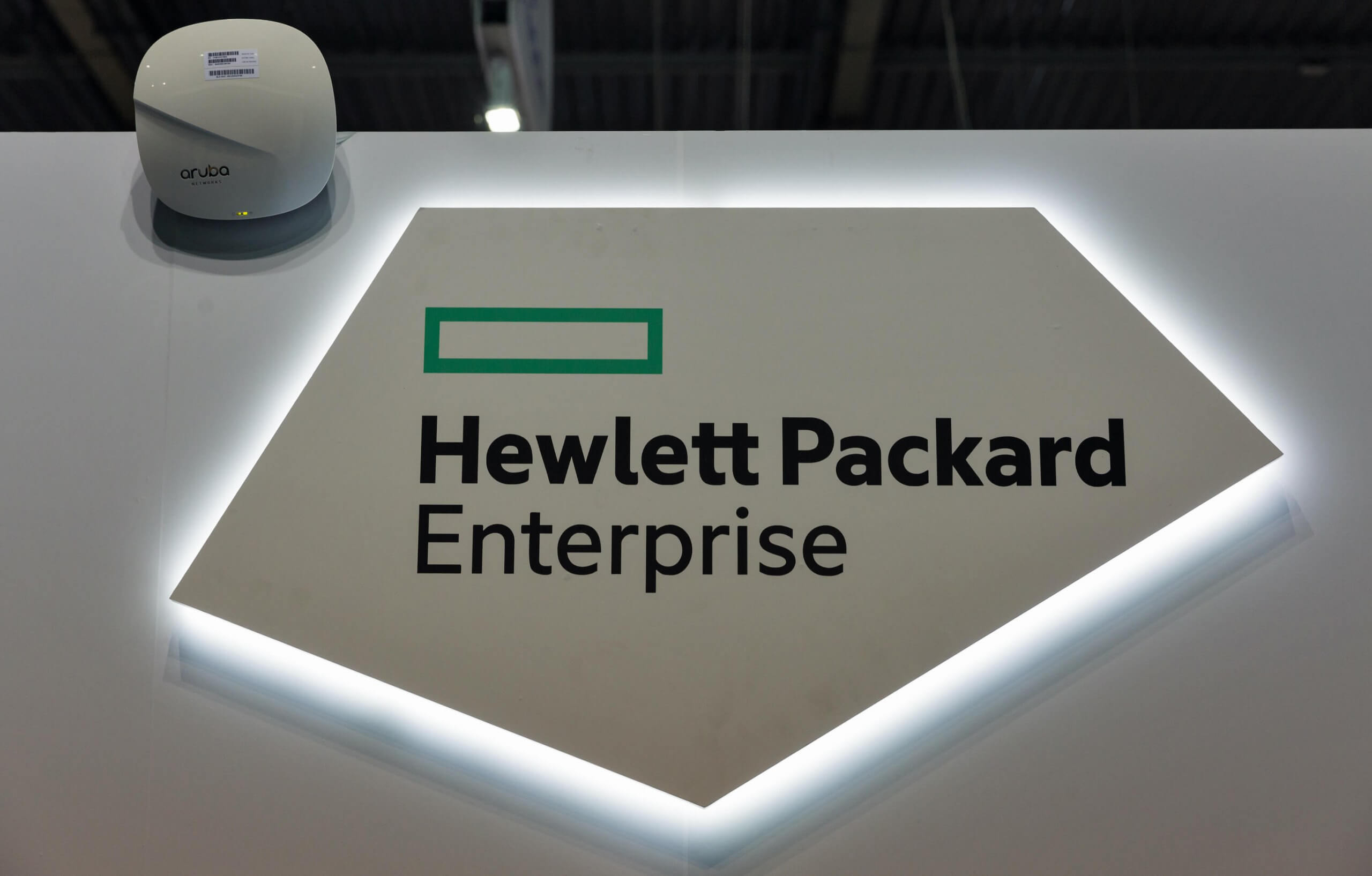PSA: If you run any Hewlett Packard Enterprise servers or storage solutions, you'd be wise to update its firmware before October. Some SAS SSDs in these products will "catastrophically" fail after 40,000 hours of uptime. If you use enterprise SSDs from other OEMs, you might want to be sure your firmware is current with them as well, since the flaw is not unique to HPE products.

Hewlett Packard Enterprise (HPE) has issued a critical warning for some of the solid-state drives it uses in a number of its enterprise server and storage products. The “flaw” causes the SSDs to brick at exactly 40,000 hours (4 years, 206 days, 16 hours). HPE warns that this is a catastrophic failure that will render all stored data unrecoverable.
Equipment installed with firmware prior to HPD7 is subject to this issue. So far, these drives should be in working order as most shipped less than five years ago. The company predicts that SAS SSDs that have not been updated should start experiencing failure no earlier than October 2020.
Four specific products have been identified as susceptible to this flaw, including HPE model numbers EK0800JVYPN, EO1600JVYPP, MK0800JVYPQ, and MO1600JVYPR. These are 800GB and 1.6TB drives.

The defect is apparently not isolated to HPE equipment and could affect other OEMs as well. Hewlett Packard says it was notified of the flaw by an unnamed SSD manufacturer, which some have speculated is SanDisk.
It is also not the first glitch of this kind. In January, HPE issued a similar warning for SAS SSDs that would fail after 32,768 hours. That problem had a much broader scope affecting 20 different SKUs.
Administrators should update firmware immediately and contact HPE support if they run into any issues. The firmware version to look for is, as previously mentioned, HPD7. The company has a fixes available for VMWare, Windows, and Linux on its website. It also has documentation and tools for determining the total uptime of affected products.
Masthead credit: Sergiy Palamarchuk via Shutterstock
